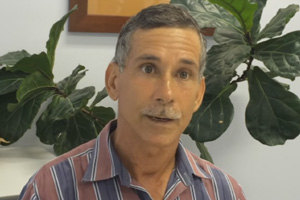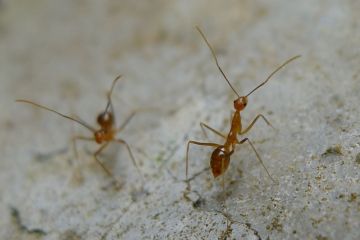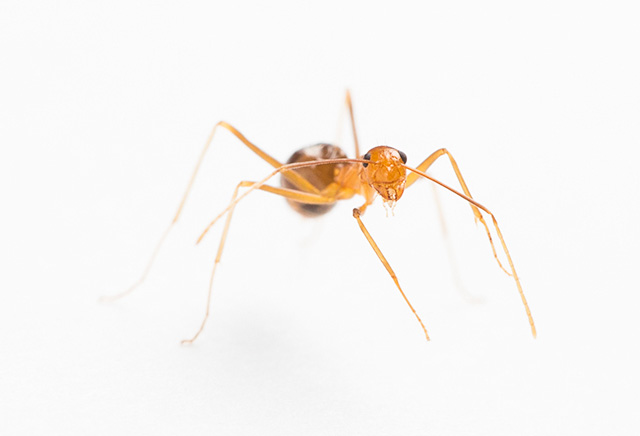Australia’s wet tropics area is the most biodiverse part of Australia – and all of it is under threat.
Feral cats, pigs and deer, invasive grasses like gamba, tropical weeds and ornamental escapees like Amazon frogbit plague Queensland’s tropical far north.
The wet tropics are also under attack from yellow crazy ants – one of the world’s worst invasive species.
Kuranda Envirocare has led the local community response to yellow crazy ants for over a decade. The Wet Tropics Management Authority has backed them up with its world-leading yellow crazy ant eradication program.
The Kuranda Protect Your Patch festival held in June was a chance to celebrate the community’s role in managing invasive species and to recommit to the work ahead. The festival was locally organised and celebrated native wildlife and plants and the ongoing eradication of Yellow Crazy Ants from surrounding areas and parts of the World Heritage listed rainforest. It raised awareness of invasive species threats to the local environment.
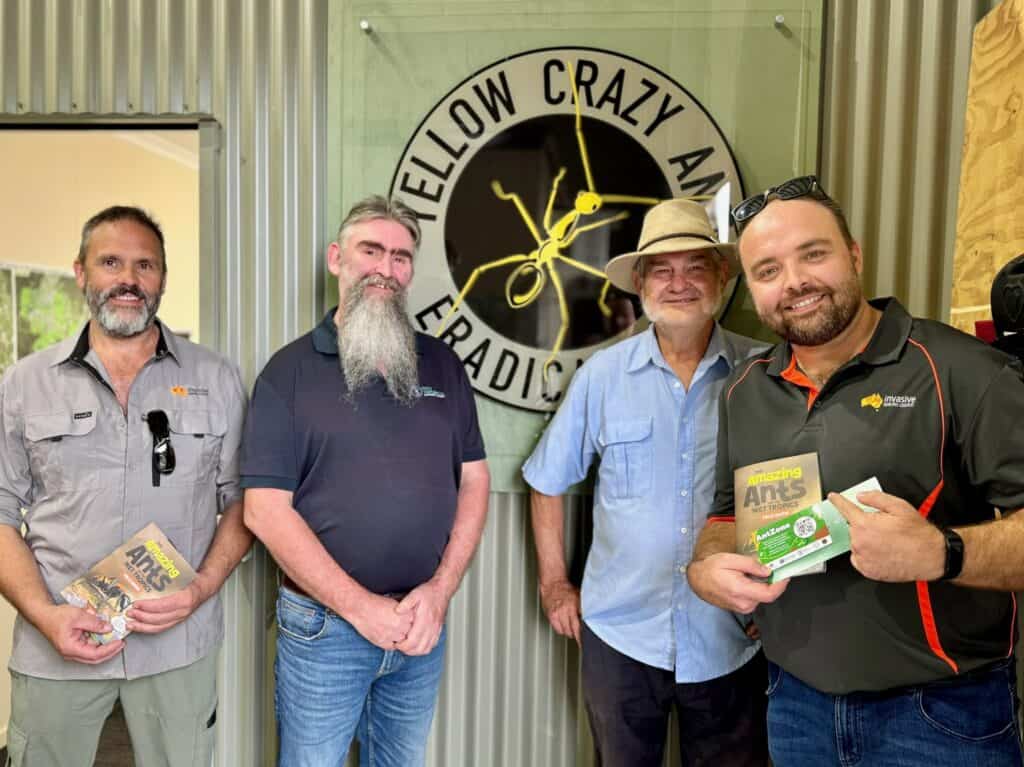
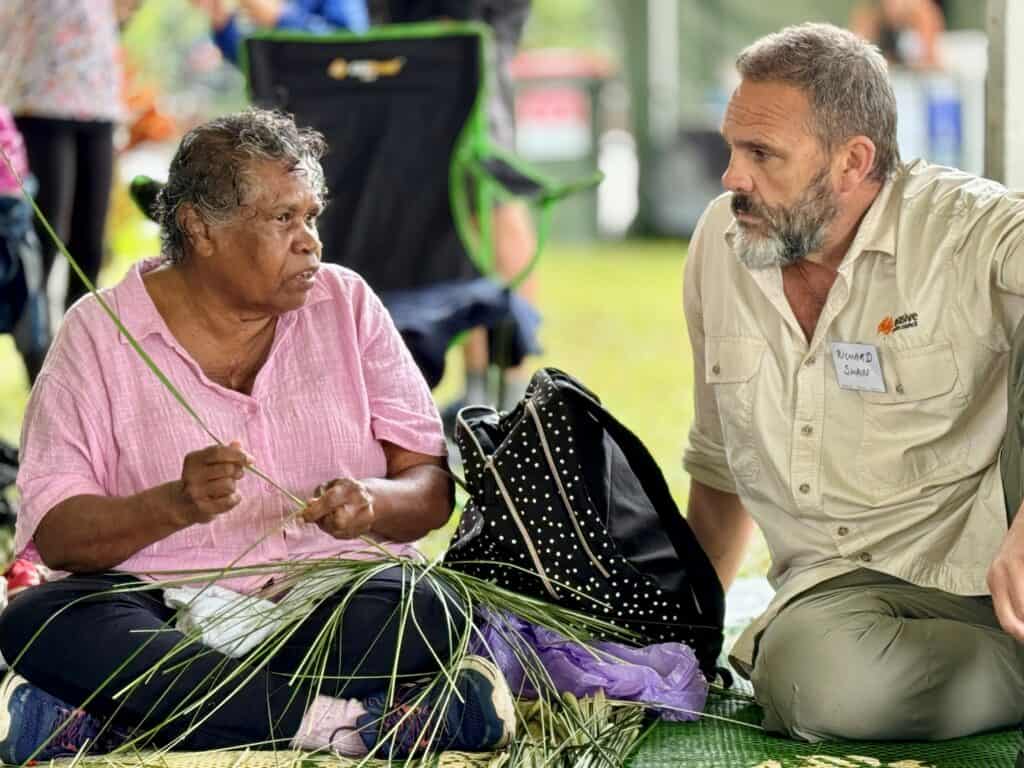
Residents first raised the alarm about yellow crazy ants in Kuranda. The Invasive Species Council supported residents and community campaigns in Cairns and Townsville that secured state and commonwealth funding for an eradication program. The program has now cleared almost 500 hectares with 1000 more under post-eradication surveillance. It is one of the most successful eradication projects anywhere in the world and has provided essential resources and know-how to Yellow Crazy Ant responses in Townsville and the Whitsundays.
At the festival, we heard from the community, environment groups and Indigenous rangers about their ongoing struggle with the invasive aquatic weed Amazon frogbit. This aquarium escapee rapidly chokes waterways with impenetrable vegetative biomass polluting water, harming fishlife and limiting access to water sources for animals and birds.
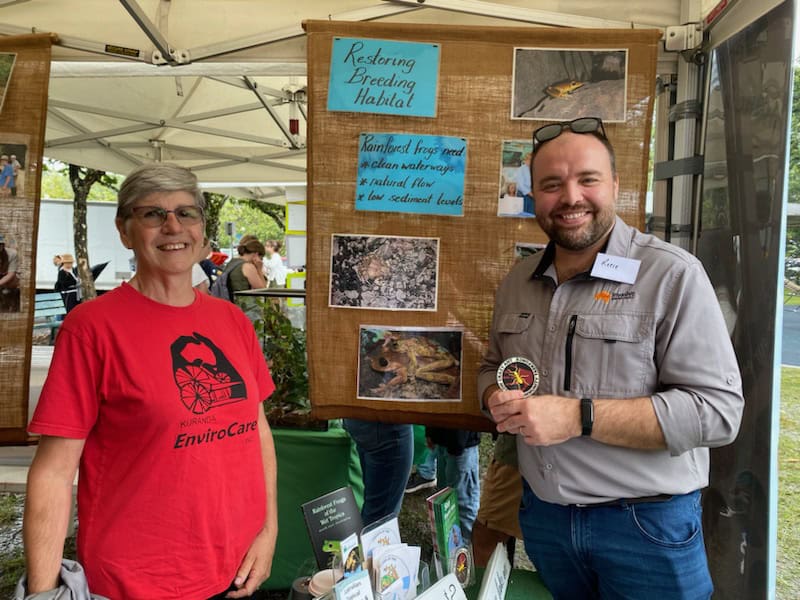
The Far North Queensland Regional Organisation of Councils has coordinated local Frogbit eradication and containment. Still, as long as this weed can be legally sold and traded in Queensland these efforts are just treading water. The Invasive Species Council and Cairns and Far North Queensland Environment Council have launched a petition demanding the state government restrict the sale of frogbit. Sign here.
Restrictions on selling frogbit have been under consideration for 14 years and shows the limitations of the current approach to invasive species regulation in Queensland.
The success of the Yellow Crazy Ant eradication to date gives us hope for future efforts, but the ongoing frustration on an issue like Amazon frogbit shows how far we still have to go.

